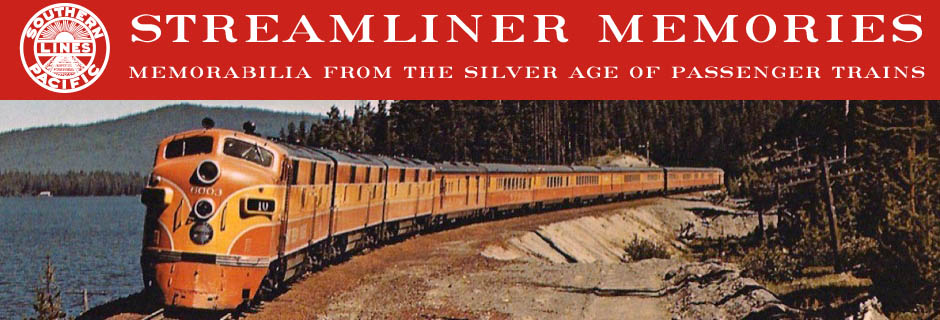While New York-Chicago was the center ring for eastern railroads, New York-Washington was an important sideshow connecting the nation’s financial center with its political center. This corridor featured an intense competition between the Pennsylvania and the Baltimore & Ohio.
 Click image to download a 7.0-MB PDF of this 44-page booklet.
Click image to download a 7.0-MB PDF of this 44-page booklet.
Both B&O and PRR were primarily east-west railroads, and for both the line south to Washington was an afterthought. Yet as the federal government (and therefore Washington) grew, the two became fierce competitors. To attract passengers, both issued tourist guides to Washington such as today’s booklet or this one from B&O.
This booklet says it was copyright 1901 but printed in 1915. A lot of things happened in the intervening years; in DC, from a railroad point of view the most important thing was construction and opening of Washington Union Station in 1907. The cover photo shows a view of the capitol from a Union Station arcade that today is occupied by escalators that go down to the Metrorail system.
When this booklet was copyrighted, Washington had two train stations. The first was a beautiful Italianate depot opened in 1851 by the Baltimore & Ohio Railroad. The second was a horrendously ugly Victorian-Gothic-style depot that opened in 1873 for the Pennsylvania Railroad. This depot was located west of the capitol on what is now the Mall.
Despite the 1901 copyright, this booklet devotes four pages (plus the cover) to text and photos of Union Station. However, in an editing error, page 7 says that the capitol is “four city blocks from the Pennsylvania Railroad Station.” As it happens, both the 1873 Pennsylvania station and the 1907 Union Station were four blocks from the capitol, so it may have only been hubris that led the writer to call Union Station “Pennsylvania Station.” However, I suspect the truth is that this text was in the original 1901 booklet and the editors neglected to update it after 1907.
Other than Pennsylvania Station, almost all of the buildings mentioned in this booklet still exist (though some have different occupants today). However, numerous museums, buildings, and monuments, including the Jefferson and Lincoln memorials, had not yet been built in 1915. Up through page 34, most of the buildings and monuments listed can be reached on foot from Union Station or another central location. The sites on pages 35 through 37 are mostly in Virginia.
